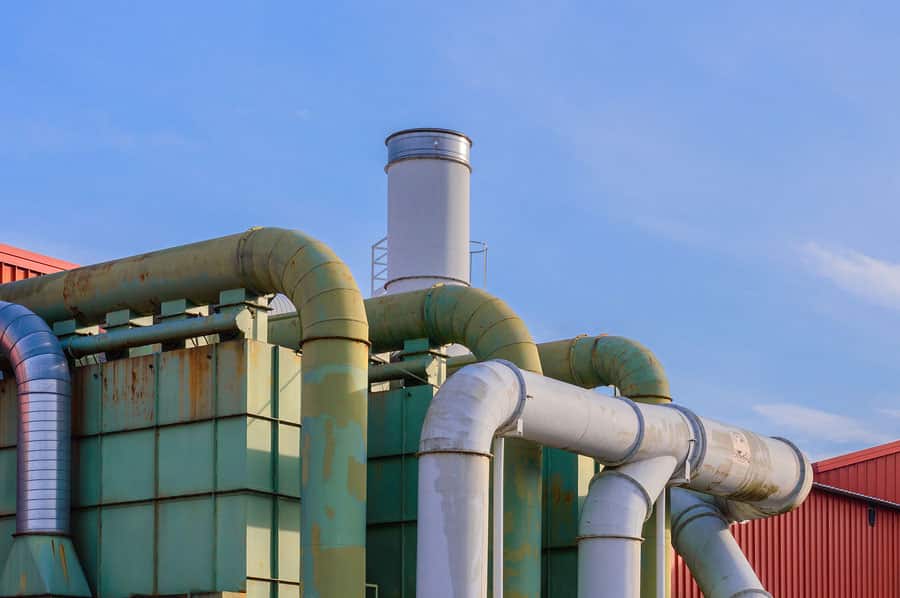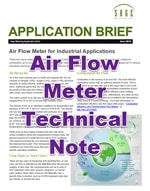Air is a mixture of gases and contains approximately 78% nitrogen, 21% oxygen, less than 1% argon with trace amounts of carbon dioxide, hydrogen, helium, xenon, and neon. We use air frequently in various industrial and commercial applications, and there are costs involved in providing and treating air for the desired process. Measuring and controlling the amount of air used improves efficiency.

Combustion occurs with the combination of fuel, oxygen, and an energy source (flame). When these three elements combine in correct proportions, combustion occurs, and heat is generated. The most common fuel is natural gas, and the primary source of oxygen is air. Combustion takes place in many applications, from residential hot water heaters and heating to producing electricity at a central power station. The amount of air and fuel affects the efficiency of combustion, and we use the air-to-fuel (AFR) ratio as a measure of combustion performance. Using too much fuel is wasteful. Likewise, too much air means the excess air is unnecessarily heated and therefore reduces efficiency. Measuring and controlling the air flow to obtain proper combustion results in increased efficiency. Thermal mass flow meters provide a direct mass flow measurement, which is useful when measuring the stoichiometric air-fuel ratio. For more information, see Combustion Efficiency and Thermal Mass Flow Meters.
Compressed Air Flow

Spray Drying
We use air in many processes to spray dry products, from powdered milk in the food industry, antibiotics in the pharmaceutical industry, and paint pigments in the industrial sector. Airflow measurement is necessary to vary the airflow to meet production rates and improve performance. Other types of drying operations include fluidized bed and tunnel dryers.
Aeration Air
Aeration air is the process of mixing air and water and is frequently done by blowing air through submerged perforated pipes. This process is performed during wastewater treatment where the air is mixed with sewage to promote the growth of microorganisms, which break down the biodegradable material. In water treatment systems, we use aeration air in pretreatment for removing various gases (carbon dioxide and hydrogen sulfide), volatile organic compounds, and precipitate dissolved minerals (iron and manganese) from the water. Read more information on aeration airflow in the Sage application brief, Wastewater Treatment Plants, and Aeration Airflow.
Sage Air Flow Meter
If you would like more information on the Sage compressed air flow meter, industrial air flow meter, or mass air flow meter, call us today at (831) 242-2030 or email info@sagemetering.com.

